New Clinical Terminology for Elevated Levels of Bacteria in Wounds that Preclude Healing
In recent years, diabetic foot ulcers have become one of the health problems that have attracted public attention. According to statistics, diabetic foot ulcer has become one of the common complications of diabetic patients worldwide, and the disease and economic burden it causes cannot be ignored.
To better treat diabetic foot ulcers, scientists have set out to investigate the role of bacteria in diabetic foot ulcers. In this regard, a new study has made important progress, enabling the timely detection and quantification of bacterial load by point-of-care fluorescence imaging.
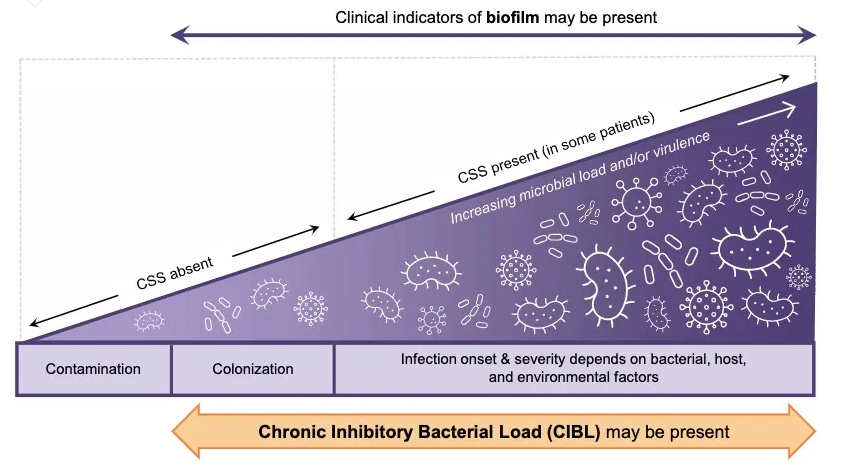
Chronic Inhibitory Bacterial Burden ("CIBL") on the Bacterial Infection Continuum. Based on the International Wound Infection Institute (IWII) 2022 Wound Infection Continuum
In the new study, the researchers used bedside fluorescence imaging technology. By irradiating the bacteria stained with fluorescein, the luminescence of fluorescein can be seen under an optical microscope. According to the luminescence intensity, the number of bacteria can be quantitatively analyzed, thus revealing the role of bacteria in diabetes. Loading conditions in foot ulcers.
The results of the study show that the use of bedside fluorescence imaging technology can quickly and accurately detect and quantify the degree of bacterial load, provide doctors with timely treatment recommendations and the basis for evaluating the efficacy, and is expected to play a role in the prevention and treatment of diabetic foot ulcers. Play an important role.
In addition, the researchers pointed out that in future research, bedside fluorescence imaging technology can also be combined with artificial intelligence and other technologies to achieve more accurate disease diagnosis and treatment.
In general, point-of-care fluorescence imaging technology is of great significance for the treatment of diabetic foot ulcers. Its rapid and accurate detection and quantification of the bacterial load are expected to provide patients with better treatment and prevention options and provide a global foundation for diabetic foot ulcers. Patient health brings hope.
Source: MolecuLight Inc.

 English
English عربى
عربى Español
Español русский
русский 中文简体
中文简体






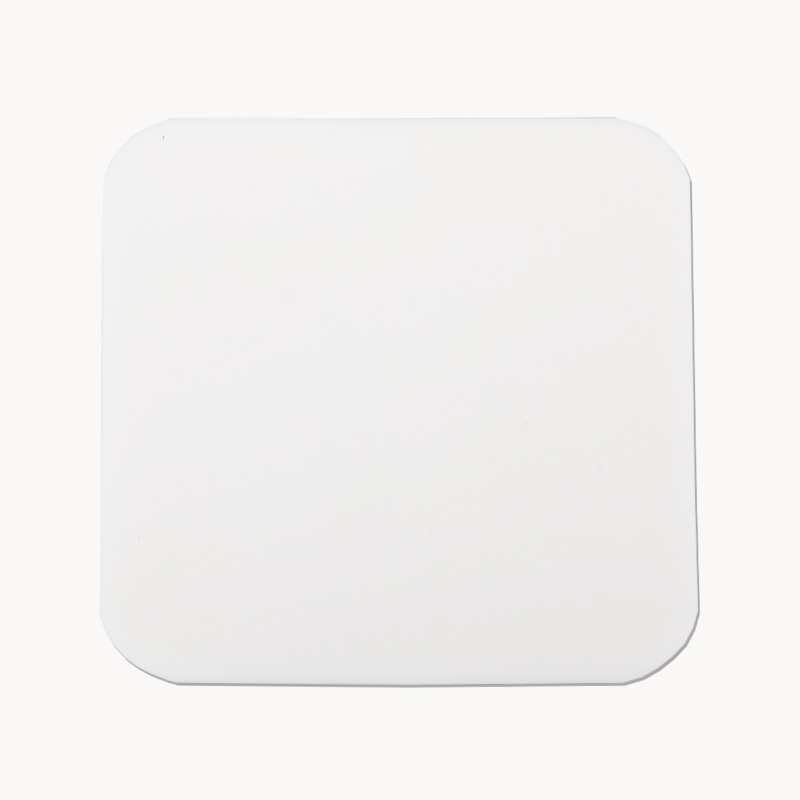
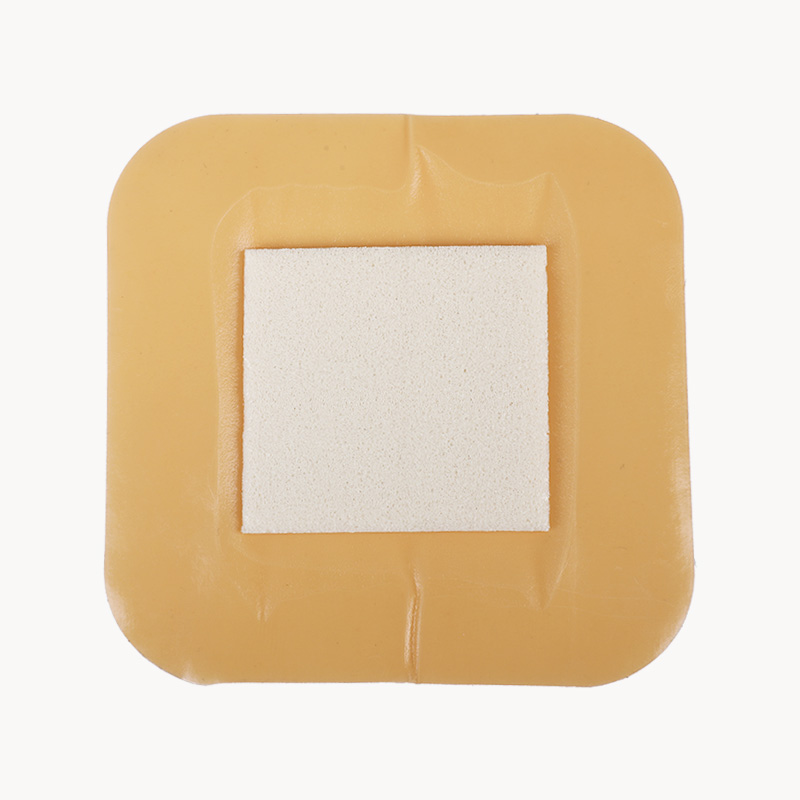
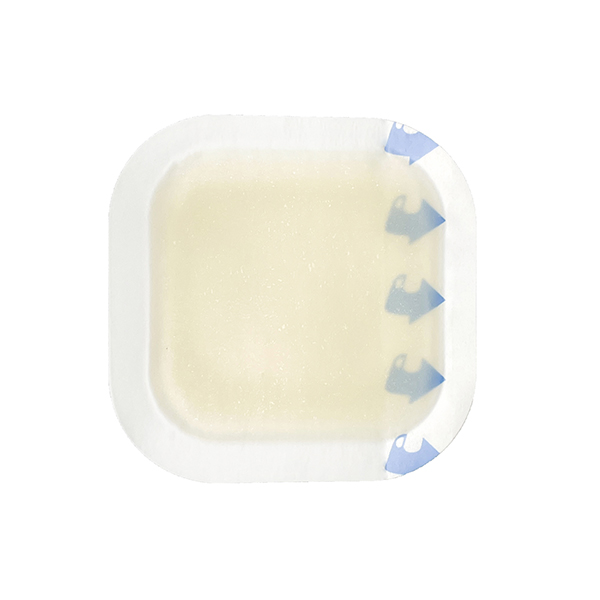
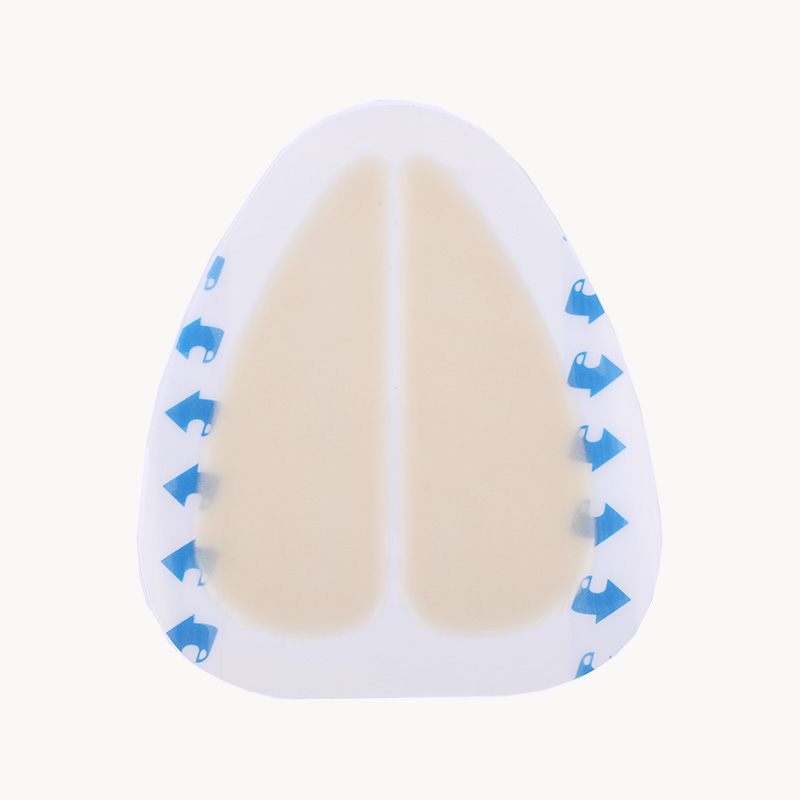
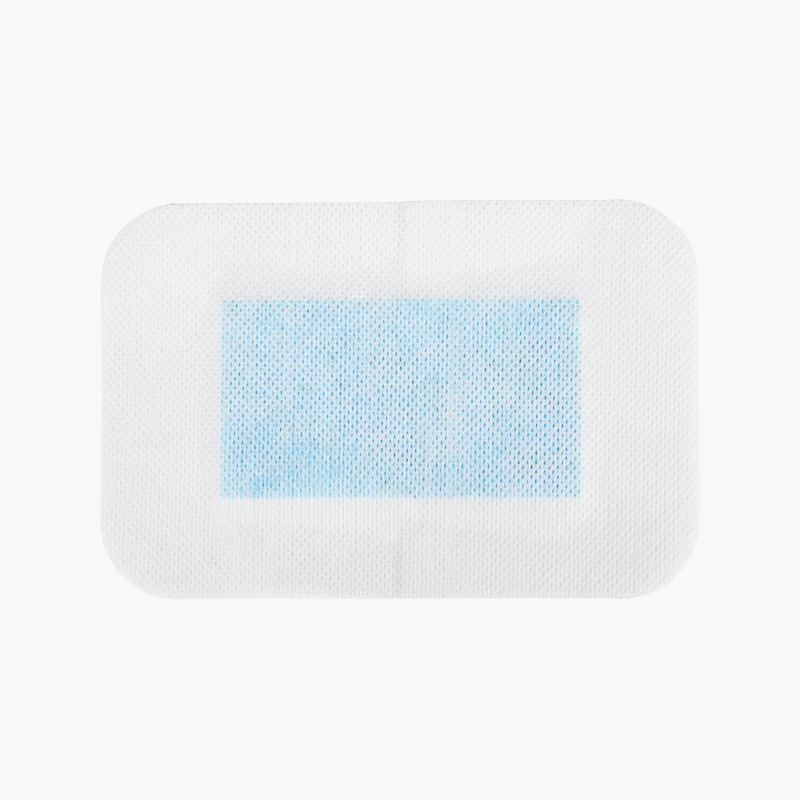
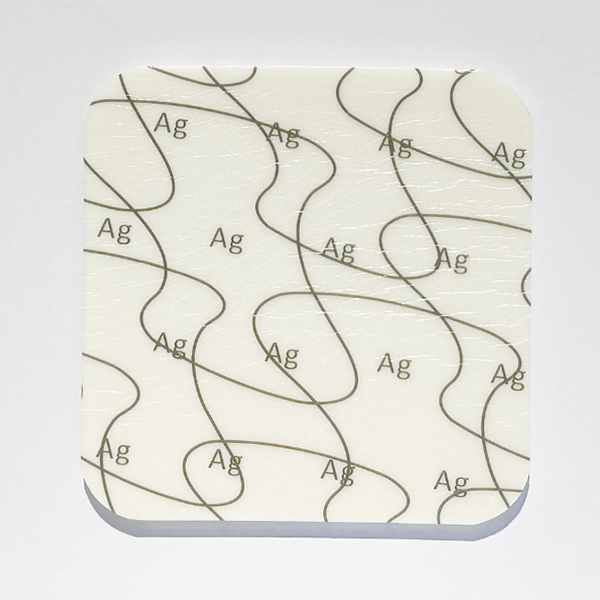
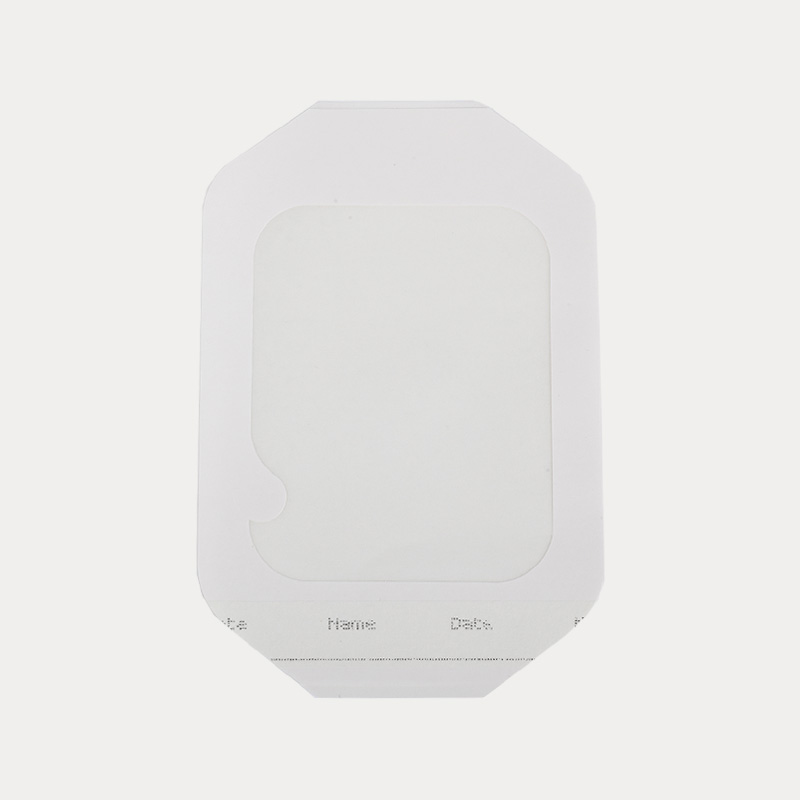
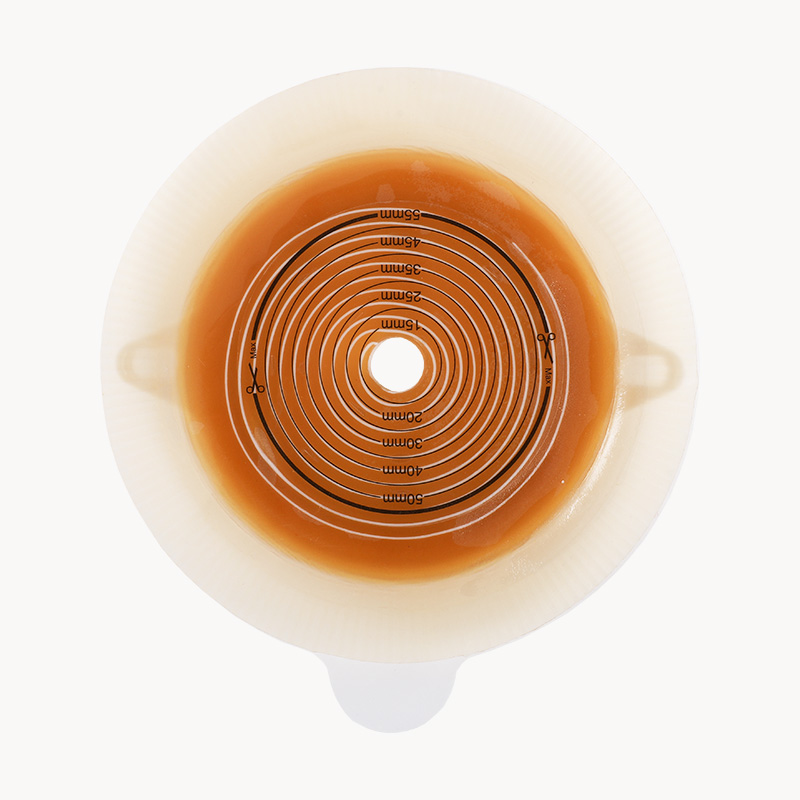
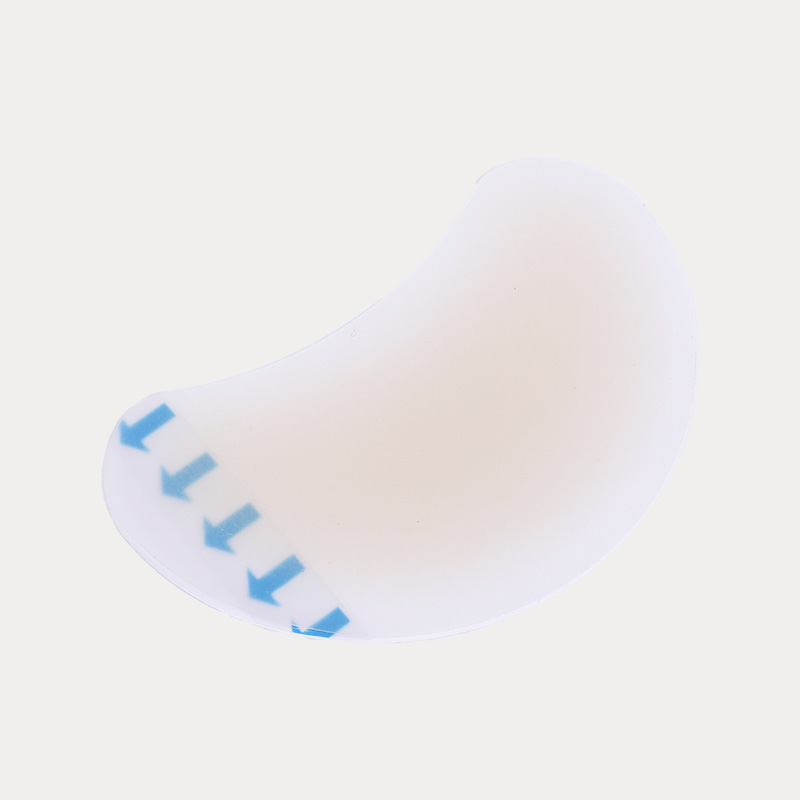
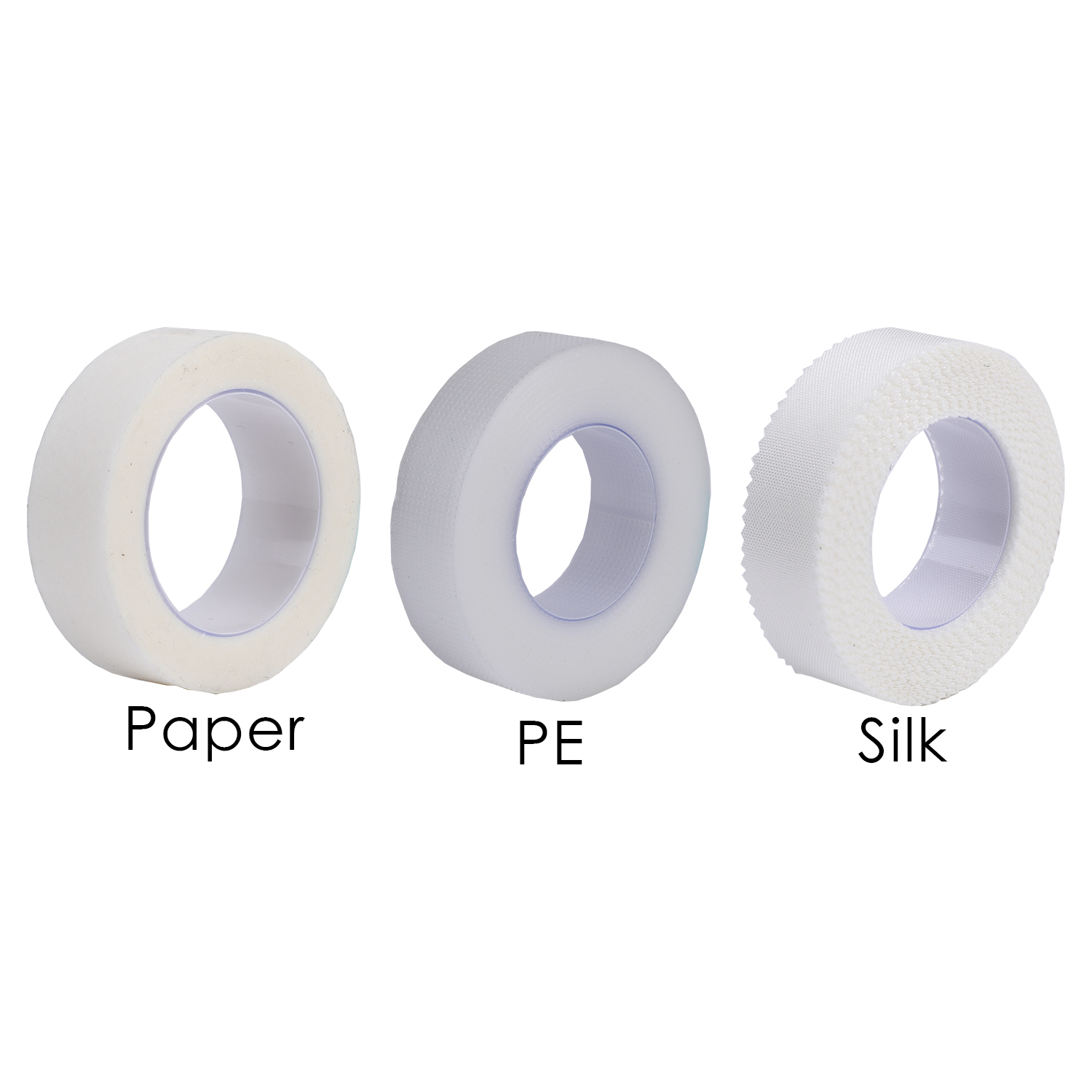
.jpg.png)


